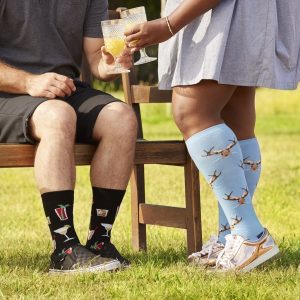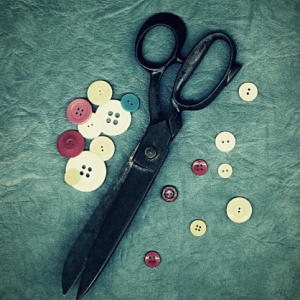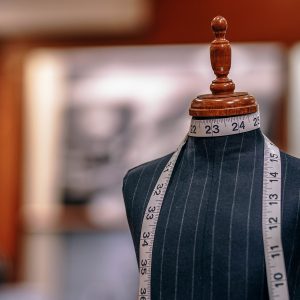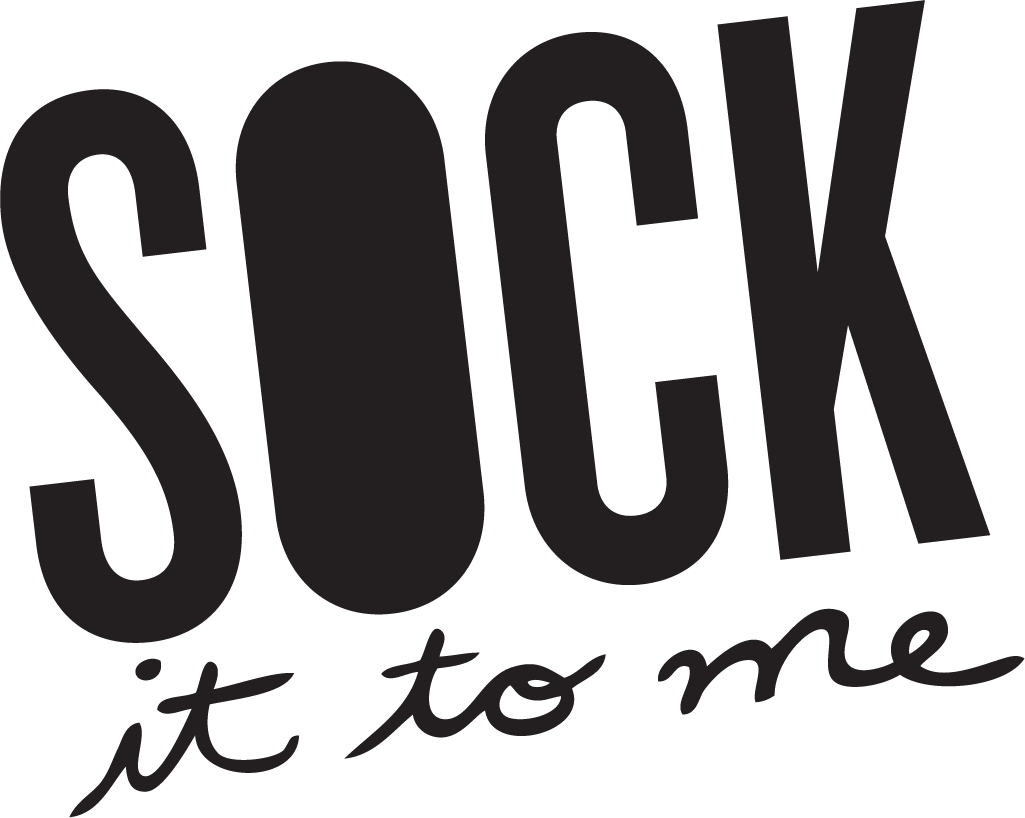The Apparel Industry Is Getting Better at Inclusivity, but There’s Still Work to Do

When Sock It to Me first started, our goal was to make confidence-inspiring socks to sell to as many people as possible. As more and more people started noticing our socks, we realized there was a problem. Not everyone who wanted our socks could wear them because they didn’t fit. Since then, we’ve taken steps to address the problem. Five years ago, for example, we started offering STRETCH-IT socks–the best socks in the industry for wide calves. This year, we started offering Women’s Hipster underwear in sizes to 3X–and more sizes for men and women are coming early next year. We’re proud of these steps toward making our products more inclusive, and aware there are more steps to take still.
Inclusivity is a huge word, packed with meaning and implication. It’s a realization that certain parts of the world are inherently biased against certain groups, coupled with a conscious movement to correct those biases.
When we talk about inclusivity in the apparel industry, we often talk about initiatives like offering additional size ranges. And it’s so great that more companies are realizing the importance of this kind of inclusivity. But it’s only the most visible example of where we need to do better. Inclusivity also means serving groups–like people with a rare or unique disability–who are less visible.
The good news is that people are starting to recognize this is a problem. Last October, PBS Newshour ran a segment about designing accessible fashion for people with disabilities. It’s a really inspiring story that’s well worth ten minutes of your time, and we strongly encourage you to watch the whole thing.
In it, we meet a woman named Christina Mallon, a self-described “fashionista,” who for eight years has dealt with a degenerative motor-neuron disease that’s caused her to become paralyzed in her arms and shoulders. “Fashion is a way to express your soul, and your personality. So, and me being a fashionista since I was a child, it was very difficult that I couldn’t wear my remaining clothing because I felt like a part of my identity was dying.”
It’s not just that clothes no longer fit. For Christina and people like her, inclusivity is also about things like buttons and zippers.

For many people, a button or zipper on a garment means dressing yourself in the morning is almost impossible.
Christina looked at options for accessible clothing, but didn’t like what she found. “It was these really bold colors that I would never wear. A lot of fleeces, nothing fitted, a lot of Velcro. And that just wasn’t me.”
Christina believed she was out of luck, doomed by circumstance from ever being able to find fashionable clothes to wear, but then she met somebody who could help. Grace Jun leads a non-profit called the Open Style Lab with a summer program that trains students to make fashion more accessible and inclusive. They made an entire personalized collection for Christina, including a stylish fitted coat, a shirt with a silky inside that slips easily over the head, and a dress with a strap on the bottom so she can use her foot to pull down the hem.
Mallon says, “Being able to put a coat on by myself was the difference between me having enough confidence to go to work and things like that have such a big impact that people don’t understand.”

It’s awesome that this made such a significant impact on her confidence, and we totally understand why. Looking how you want, expressing yourself authentically, wearing clothes you want to wear, are things that most of us take for granted. But they form a basic foundation toward feeling confident. We understand this is just one solution for one person, yet it’s an encouraging start.
The apparel industry has made decent progress being more inclusive to certain groups, but there are many more groups that require more work. To the individuals doing this amazing work, we salute you, and say thank you.
